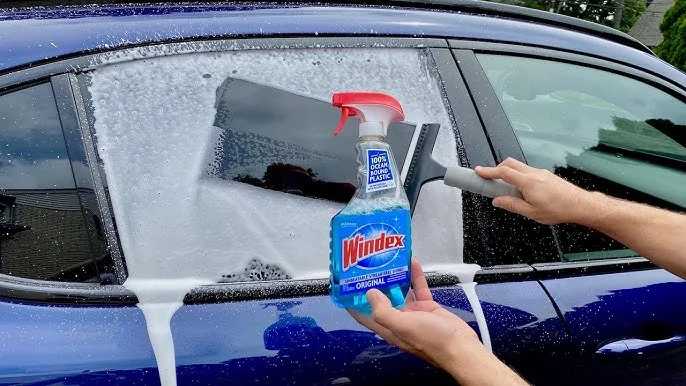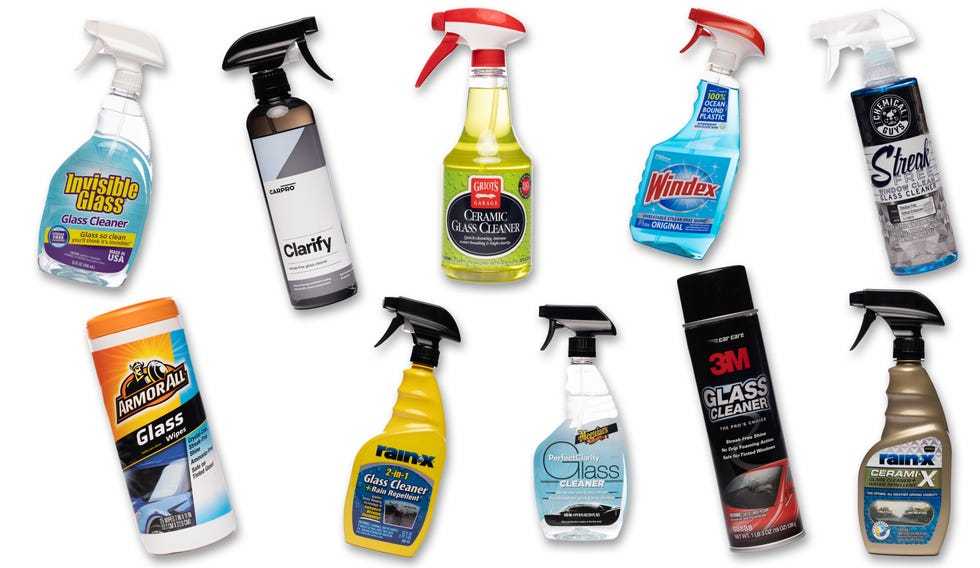Car window tint works by applying a special film to your car’s windows that can block or absorb sunlight and heat, keeping your vehicle cooler and protecting your interior. The tint films contain microscopic layers that reflect or absorb infrared and ultraviolet rays while allowing visible light to pass through. This process not only enhances privacy but also reduces glare and UV exposure, making your drive safer and more comfortable.
In short, car window tint works by using thin film layers that filter out harmful rays and heat from sunlight, improving comfort and safety inside your vehicle. It involves a combination of reflective and absorptive properties within the tint to achieve these benefits.
When you think about how car window tint operates, imagine a shield that stops excessive sunlight and heat from entering your vehicle — all while maintaining clear visibility. The technology behind window tinting is fascinating yet straightforward, involving advanced materials designed to block specific wavelengths of light. This process is not just about style but also about comfort, health, and safety, especially during scorching summers or long drives. Whether you’re looking to reduce glare, protect your skin from UV rays, or simply add a sleek look, understanding how window tinting works helps you choose the right film for your needs.
How Does Car Window Tint Work
Car window tinting involves applying a thin film to the interior of vehicle windows. This film blocks or absorbs sunlight, helping to control the heat and light that enters your car. But how exactly does this tint work to provide those benefits? Let’s explore the science behind car window tinting and understand the different types of films used.
The Basics of Car Window Tinting
Car window tint is made from a special film that adheres to the glass surface. This film is designed with multiple layers, each serving a specific purpose, such as blocking light, reducing heat, or providing privacy. The primary goal is to reduce glare and keep the interior comfortable.
Most window tints are made from polyester with a scratch-resistant coating. They can also contain reflective or absorptive properties depending on their design. These properties determine how the film interacts with sunlight and heat.
How Light Is Blocked or Allowed Through
Window tint works mainly through light absorption and reflection. The film contains tiny metal particles or dyes that absorb specific wavelengths of light. This results in less sunlight passing through the glass into your vehicle.
Some tint films are engineered to reflect sunlight away from the window, while others absorb the heat and light to prevent them from entering. This balance influences the tint’s effectiveness and appearance.
The Role of Different Materials in Tint Films
dyed window tint
The dyed film contains a layer of colored dye that absorbs sunlight. It is popular because it is affordable and provides good privacy. However, dyed tints may fade over time and are less effective at blocking heat compared to other types.
metalized window tint
This type uses tiny metallic particles embedded within the film. These particles reflect heat and light away from the window, making it highly effective at heat reduction. Metalized tints also add strength to the glass and help improve shatter resistance.
ceramic window tint
Ceramic films contain ceramic particles that do not conduct electricity. They are excellent at blocking infrared light, which is responsible for heat. Ceramic tints provide superior heat rejection without interfering with electronic signals like GPS or radio.
How Tint Blocks Infrared and Ultraviolet Light
Infrared (IR) and Ultraviolet (UV) rays are two types of sunlight that can cause damage inside your vehicle. Tints work by filtering these rays to varying degrees based on their composition.
UV rays are mostly blocked by all high-quality tints, protecting your skin and reducing interior fading. Infrared rays are responsible for heat transfer, and advanced films like ceramic ones are best at blocking IR, keeping your vehicle cooler.
Heat Rejection and Its Mechanism
Heat reduction in car windows relies on the film’s ability to block or reflect IR radiation. When sunlight hits a tinted window, the film absorbs or reflects IR energy, preventing it from passing through into the car interior.
This process helps to reduce the temperature inside the vehicle, making it more comfortable and decreasing the load on air conditioning systems.
The Science of Reflection and Absorption
- Reflection: Metalized and reflective films bounce sunlight away, decreasing the amount entering the car.
- Absorption: Dyes and ceramic particles absorb IR and UV light, converting it into a small amount of heat that is dissipated harmlessly.
Designing a tint involves balancing these two processes to optimize heat reduction, appearance, and visibility.
Understanding Light Transmission and Visible Light Transmittance (VLT)
VLT measures how much visible light passes through the window tint. A high VLT means more light is allowed in, resulting in a lighter appearance. Conversely, low VLT provides darker tint for privacy and glare reduction.
Choosing the right VLT depends on local laws and personal preference. For example, some states require minimum VLT levels for driver visibility and safety.
Legal Regulations and Their Impact on How Tints Work
Each state or country has specific rules on how dark or reflective window films can be. These regulations influence the type of tint used and how it functions physically.
Understanding the legal limits helps ensure your tint still provides benefits without violating laws or compromising safety.
Additional Benefits of Car Window Tinting
UV Protection
Tints block harmful UV rays, protecting your skin and preventing interior fading. This adds to the overall comfort and longevity of your vehicle’s interior.
Glare Reduction
Tint reduces glare from the sun and headlights, making driving safer and less tiring. It improves visibility especially during bright days.
Privacy and Security
Tinted windows offer privacy by limiting outsiders’ view into the vehicle. They can also deter theft by making it harder to see valuables inside.
How Long Does Car Window Tint Last?
The durability of tint depends on its type and quality, along with maintenance. Proper care can ensure the film maintains its effectiveness for several years. Ceramic tint, for example, typically lasts longer than dyed options.
Factors like constant exposure to sunlight, cleaning methods, and scratches can influence the lifespan of the film.
Common Mistakes That Affect How Well Tint Works
- Applying tint on dirty or wet glass, which can cause uneven adhesion.
- Using harsh cleaning chemicals that damage the film.
- Choosing an illegal darkness level that violates laws and results in fines.
Proper installation and maintenance are key to ensuring your tint functions optimally and lasts longer.
Final Thoughts: How Car Window Tint Works in Action
Car window tint works by using specialized layers to filter, reflect, and absorb sunlight, specifically targeting UV and IR rays. The choice of material influences how well the tint blocks heat and light, with ceramic and metallized films providing the most effective results. Understanding the science behind tinting helps you select the right film for comfort, safety, and style while complying with legal regulations.
Learn Tint in 60 seconds #windowtint #tint #tintingwindows #glass #cars #diy #diycrafts #walmart
Frequently Asked Questions
How does the tint film block ultraviolet (UV) rays from entering the vehicle?
The tint film contains special dyes and metalized compounds that absorb and reflect UV rays. When sunlight hits the tinted window, these materials prevent most of the harmful rays from passing through, helping to protect passengers and the vehicle’s interior from UV damage.
What role does the color and shade of the tint play in its effectiveness?
The color and shade of the tint determine how much visible light passes through the window. Darker tints reduce more light, increasing privacy and heat rejection, while lighter shades allow more visibility. Both options can be designed to block UV rays effectively, depending on the materials used in the film.
How does window tint reduce heat inside the vehicle?
Window tint reduces heat by reflecting and absorbing solar energy before it enters the car. Metalized components in the film reflect infrared radiation, which is responsible for heat transfer, helping maintain a cooler interior environment even during sunny days.
Can window tinting affect visibility during night driving?
Yes, darker tints can decrease visibility at night by reducing the amount of light that reaches your eyes. Choosing a tint shade within legal limits ensures you maintain adequate visibility, and some films are designed to optimize clarity during low-light conditions.
How does the quality of the tint film influence its durability and performance?
High-quality tint films use advanced materials that resist bubbling, peeling, and fading over time. These durable products provide consistent UV protection and heat rejection, ensuring the tint maintains its appearance and effectiveness for years to come.
Final Thoughts
Car window tint works by applying a thin film to the glass that reflects or absorbs sunlight. This film contains dyes or metal particles that block ultraviolet rays and reduce heat transfer. The tint also provides privacy and enhances the vehicle’s appearance.
Ultimately, how does car window tint work to improve comfort and protect passengers? It prevents harmful UV rays from entering, keeps the interior cooler, and offers privacy. These benefits confirm that window tinting is an effective way to enhance your driving experience.



